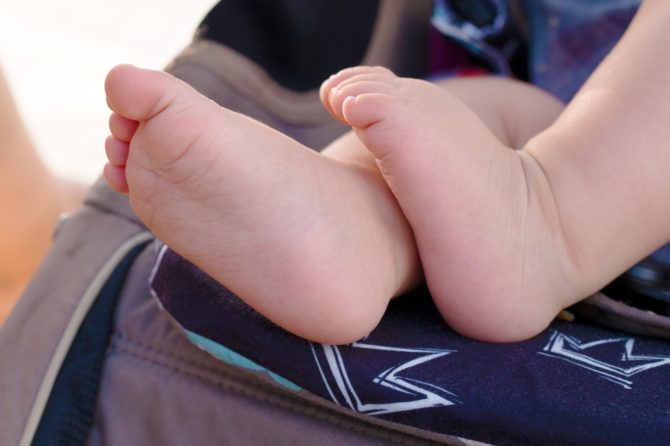
What’s Wrong With My Child’s Feet?
When it comes to your feet, a lot can go wrong. And there’s no exception to that when it comes to your kid’s feet. Children are susceptible to many of the same foot ailments as adults and there are even some foot and ankle conditions that only affect children. Here are some of the most common pediatric foot and ankle problems.
Ingrown Toenails
Ingrown toenails occur when the edge of the nail grows into the skin, rather than outward. In children, this often happens because of their shoes. When toddlers first start wearing shoes, their softer toenails may feel extra pressure and become ingrown. The same goes for older kids who grow out of their shoes quickly but don’t replace them, causing pressure and pain. Check your child’s toenails and be on the lookout for any redness or pain at the edges of the nail.
Flat Feet
Babies are born with completely flat feet. Over time (usually about two years), the arch will fully develop, but for some children, this doesn’t happen. Pediatric flatfoot is a common condition, and usually the result of genetics (as opposed to the external factors that cause many adult flatfeet). When your child starts walking, look for the appearance of an arch. If no arch appears by about two years old, it is time to visit a podiatrist.
Pediatric Fracture (Broken Bone)
Very young children are adventurous, so it’s no surprise that about half of them will experience a broken or fractured bone before reaching adolescence. Feet and ankles are particularly at risk as children begin sports and other physical activities. Your child may not know they have a fracture, but it’s important for you to recognize one quickly. Since the growth plates in kids are still forming, broken bones need to be healed carefully to avoid any lasting consequences.
Sever’s Disease
If your child is complaining of heel pain, especially during and right after activity, they may be suffering from Sever’s Disease. This temporary condition only affects children ages 11 to 15 because this is the time when the heel’s growth plate is finishing developing. This type of pain definitely needs treatment from a foot and ankle specialist, but there are no long-lasting effects from Sever’s Disease.
When Should My Child See a Podiatrist?
The first indication you should take your child to the foot doctor is if they complain of any foot or ankle pain. Pain is never normal in kids. If your child has trouble balancing or walking, trips and falls often, doesn’t like showing you their feet, or is at risk for any genetic foot conditions, those could be other indications it’s time to see an FAAWC provider. Call the FAAWC today to book your child’s appointment.
Leave a reply